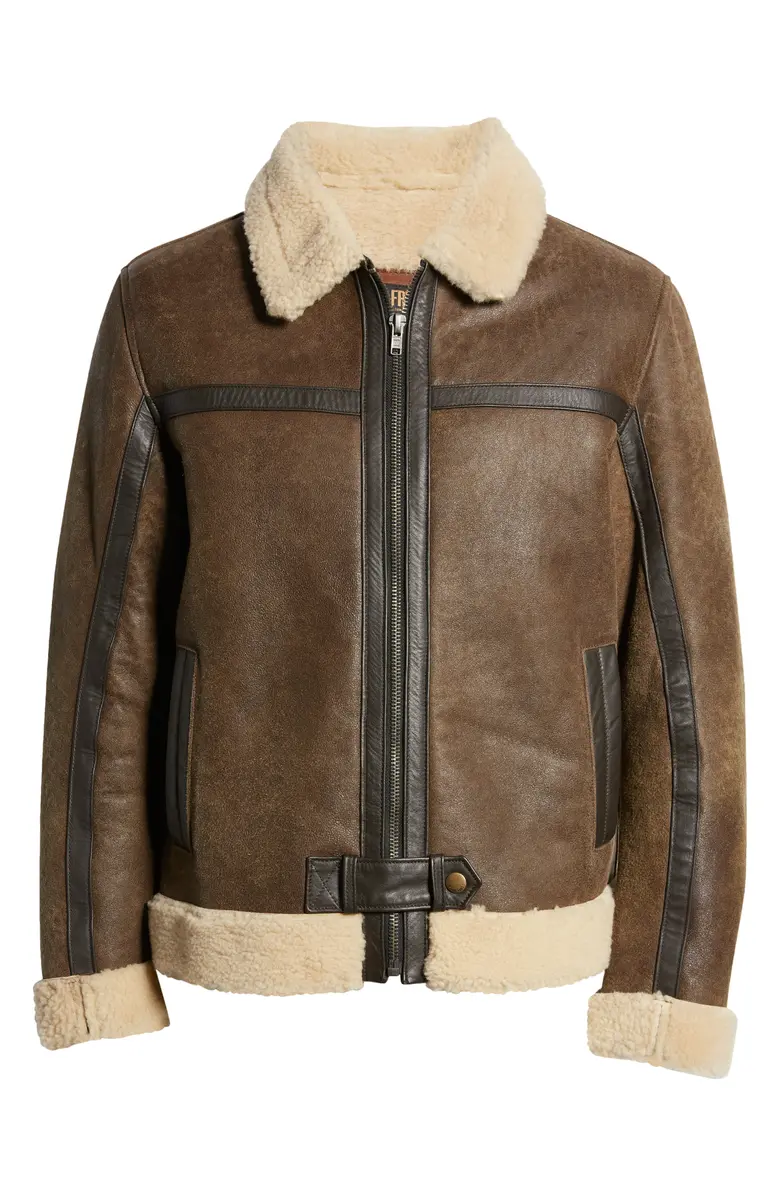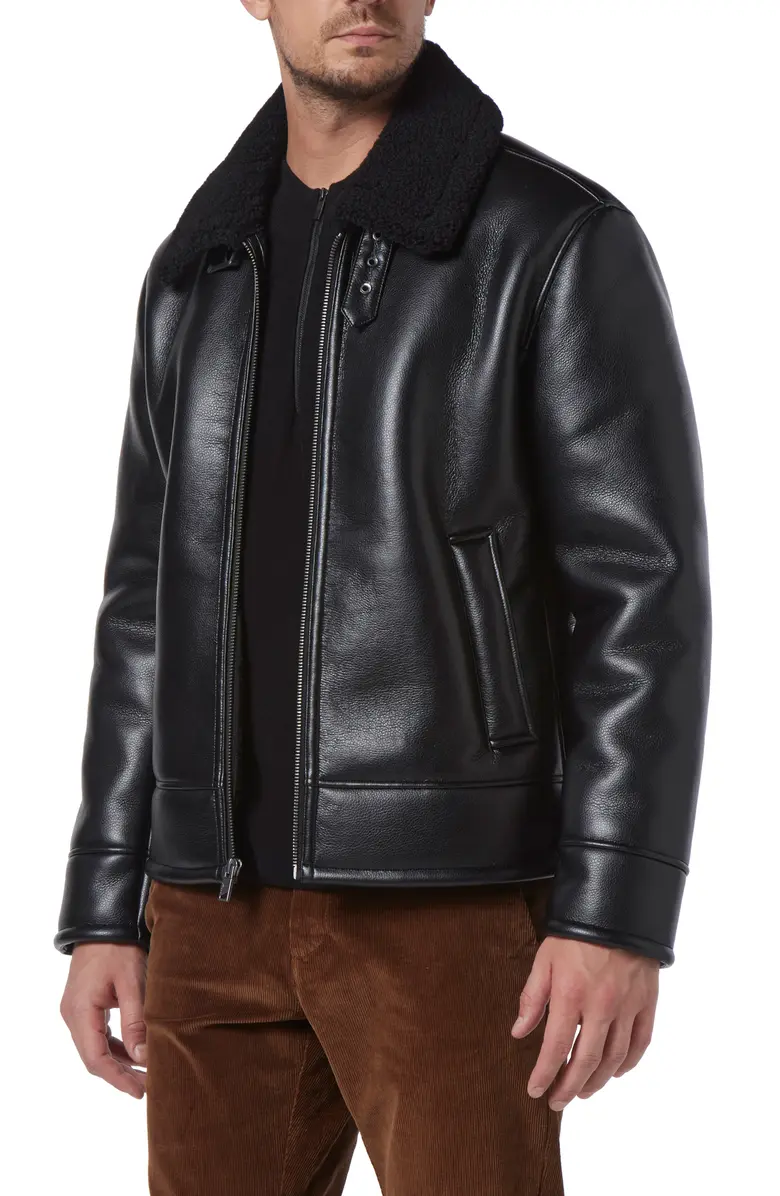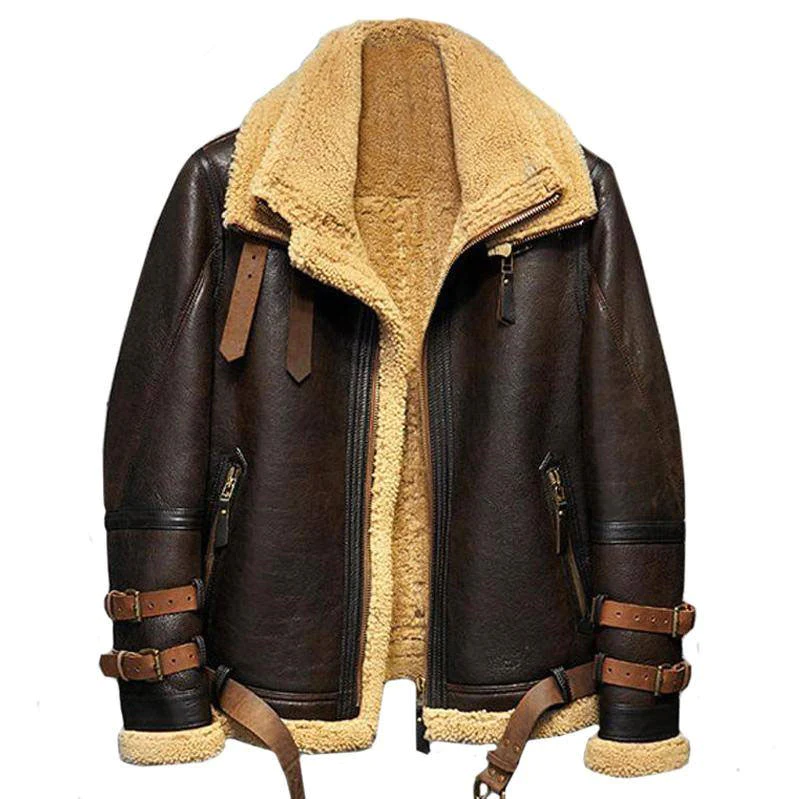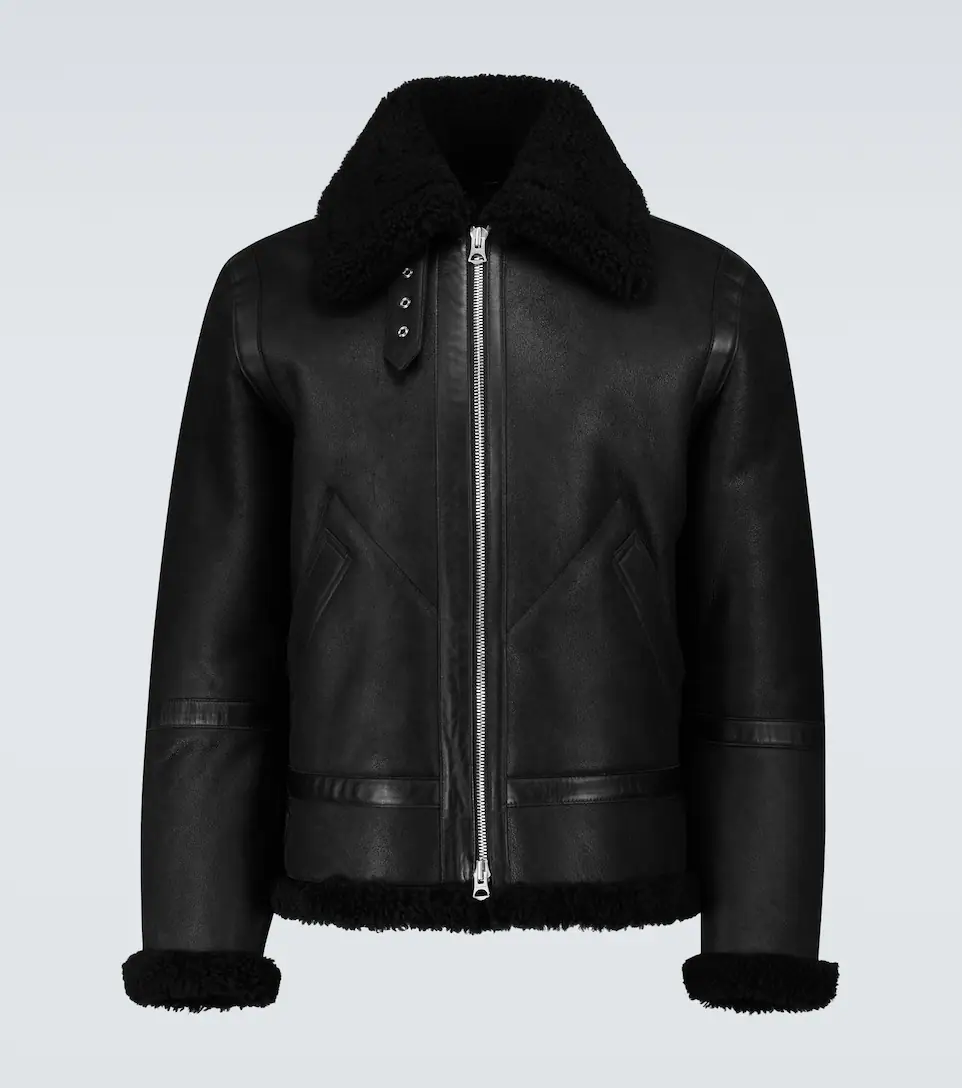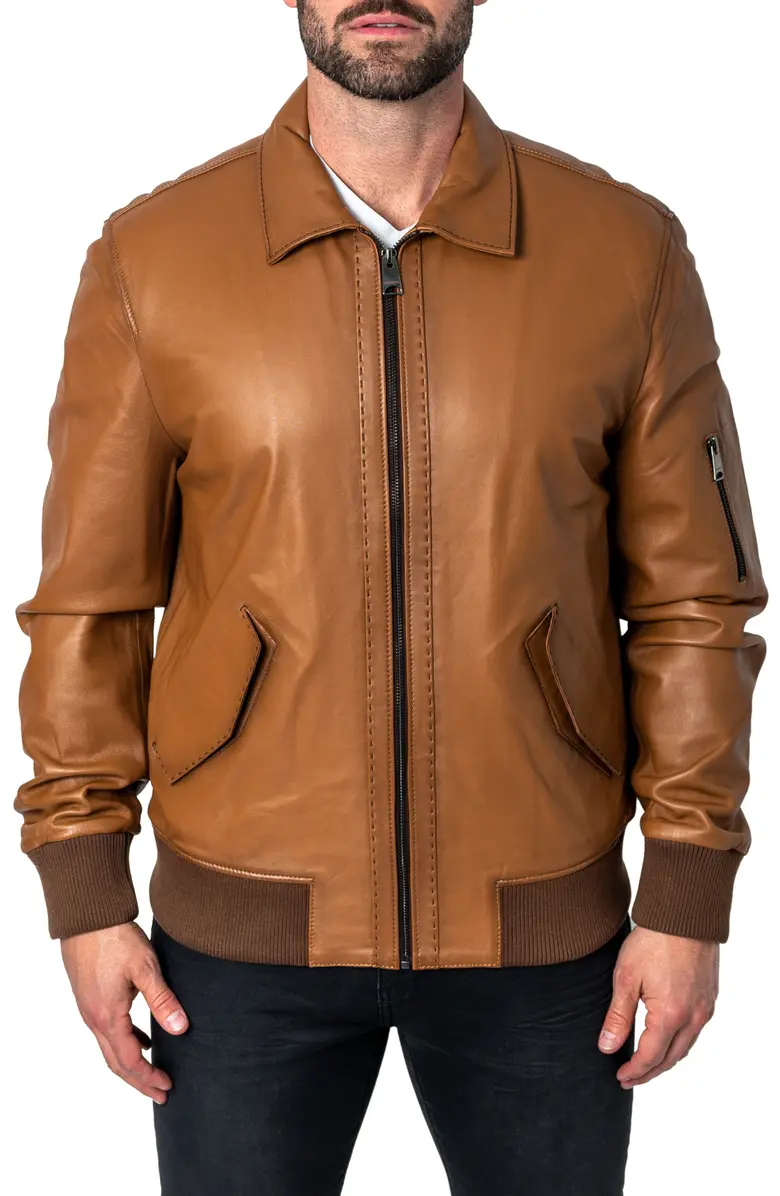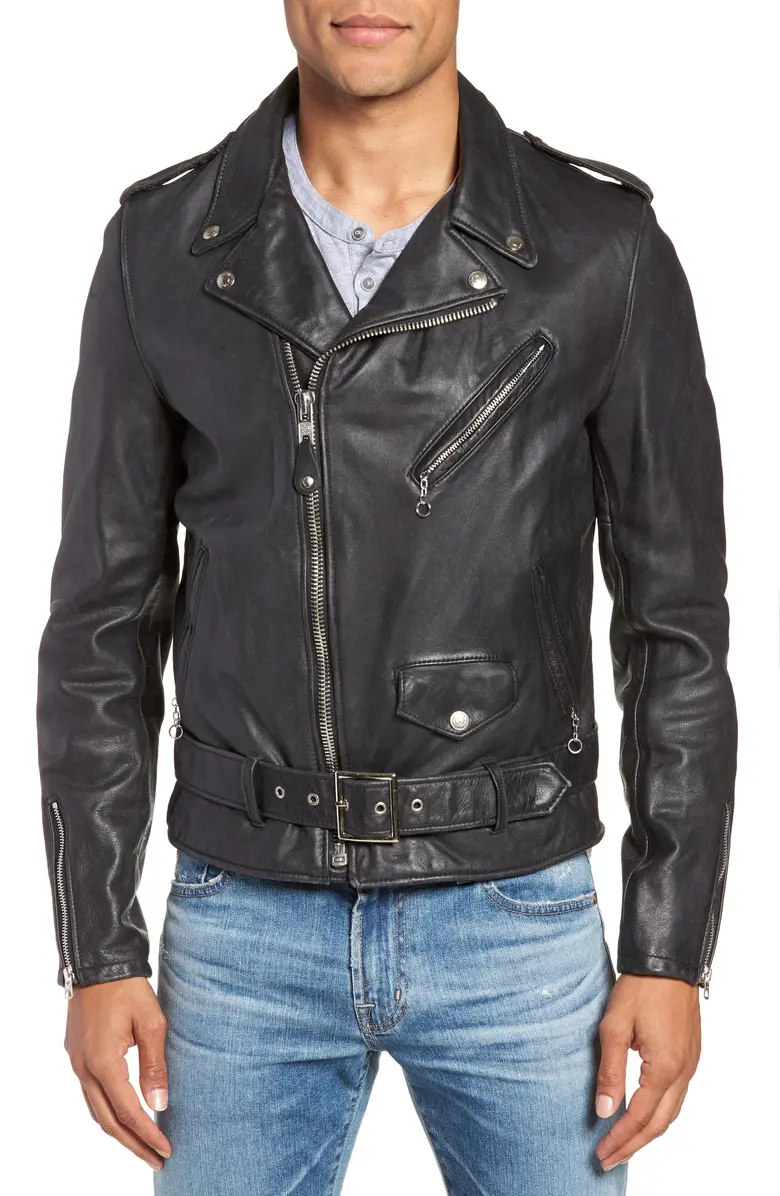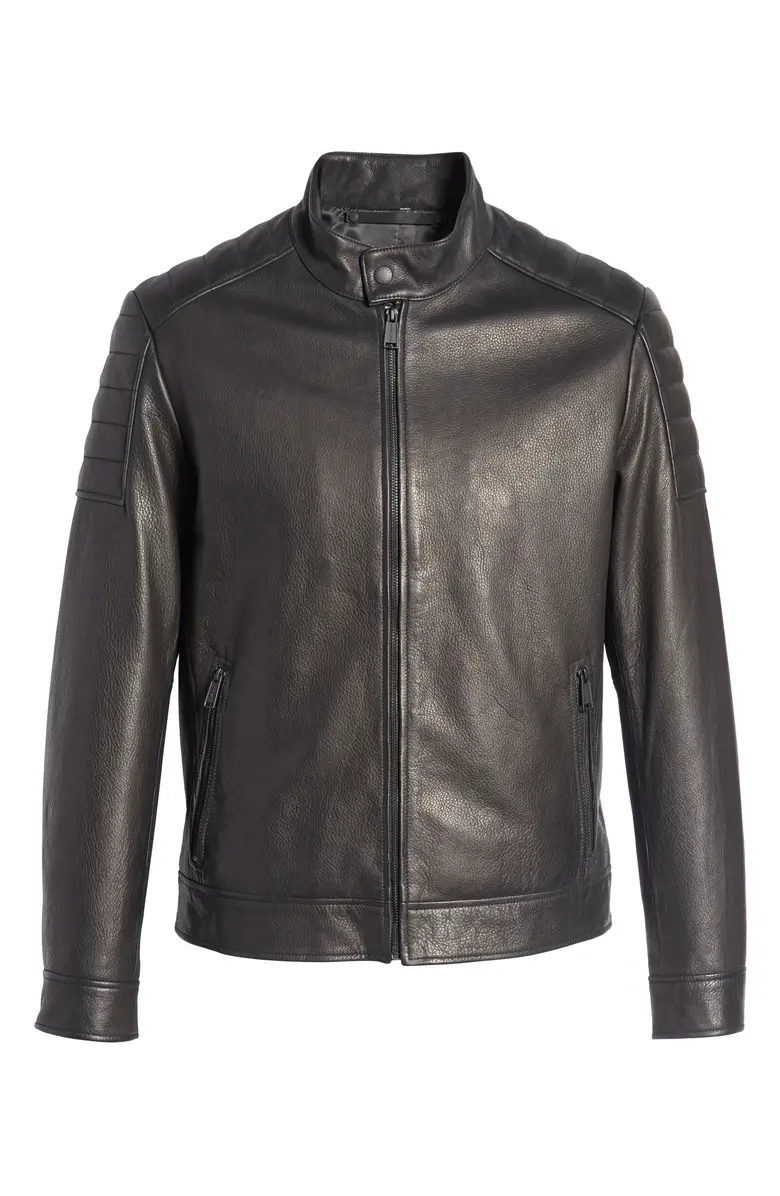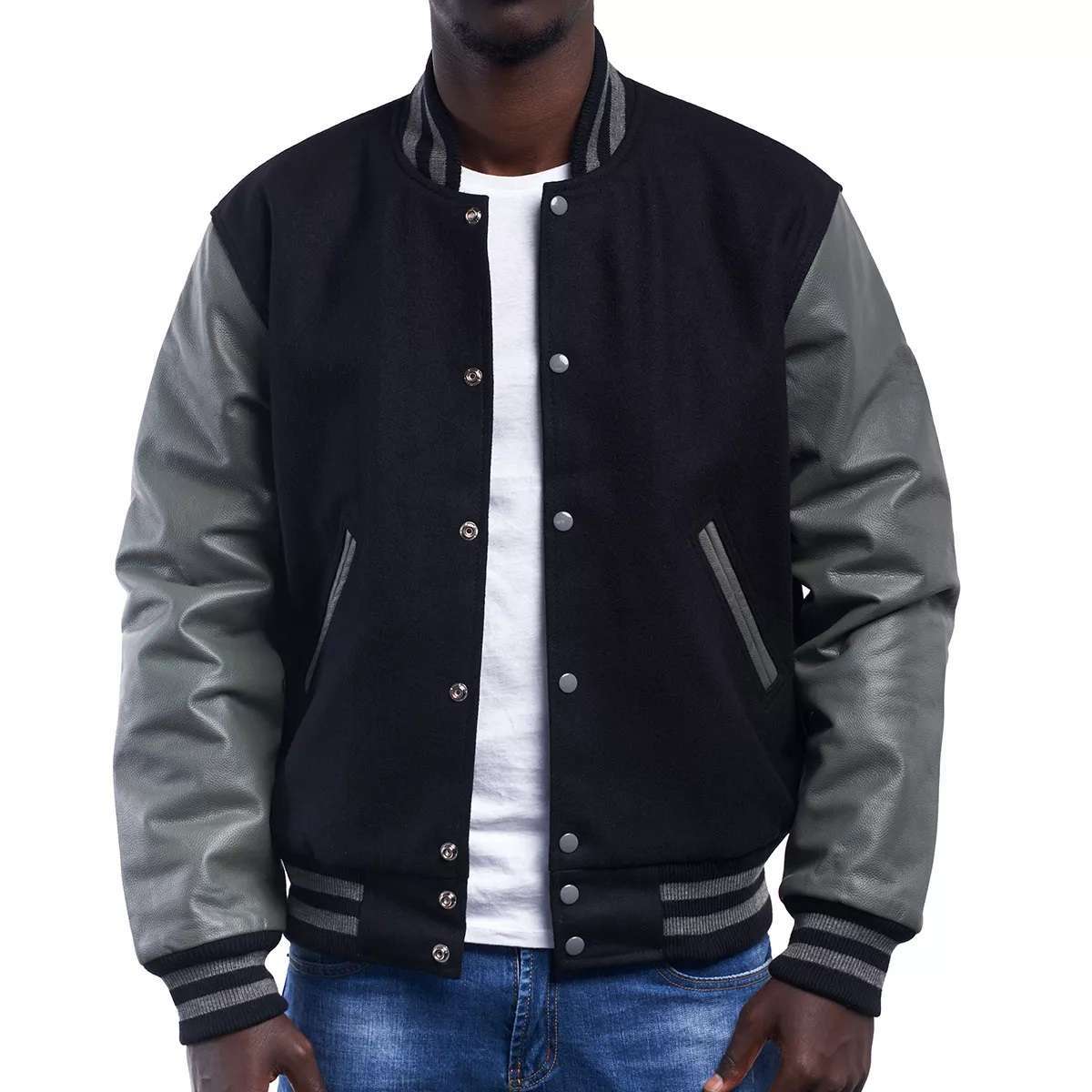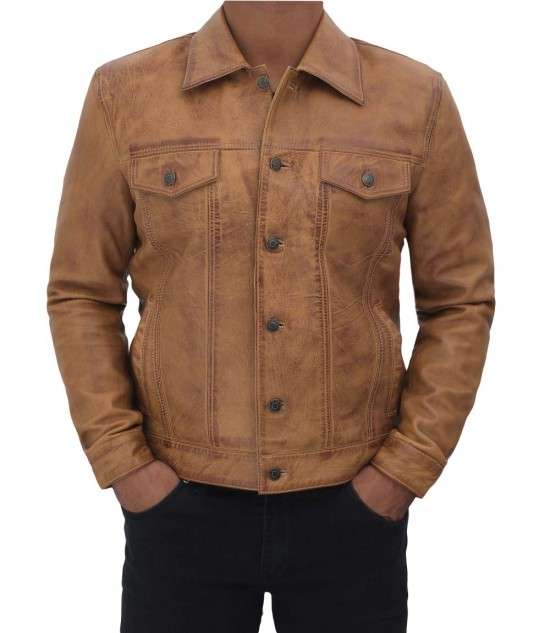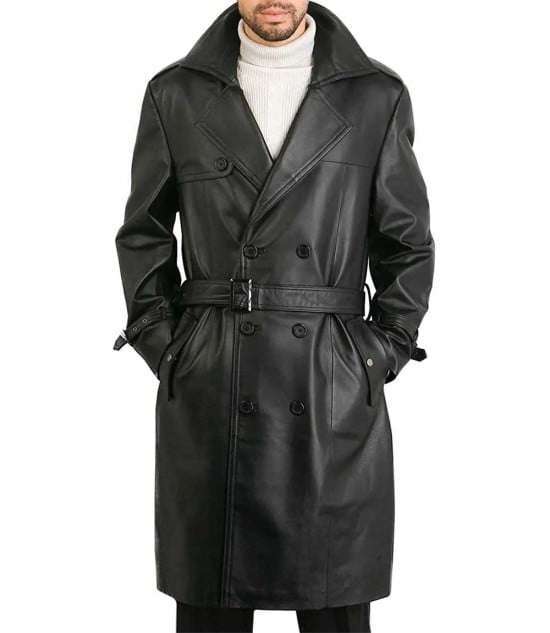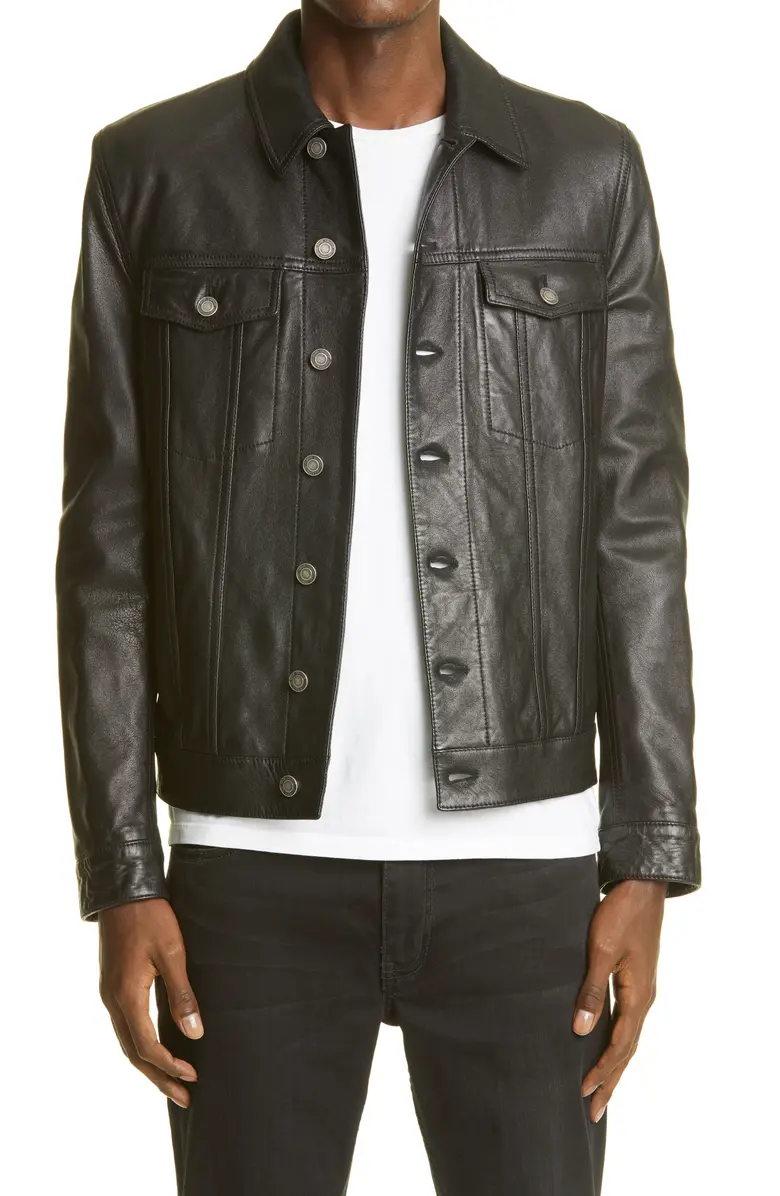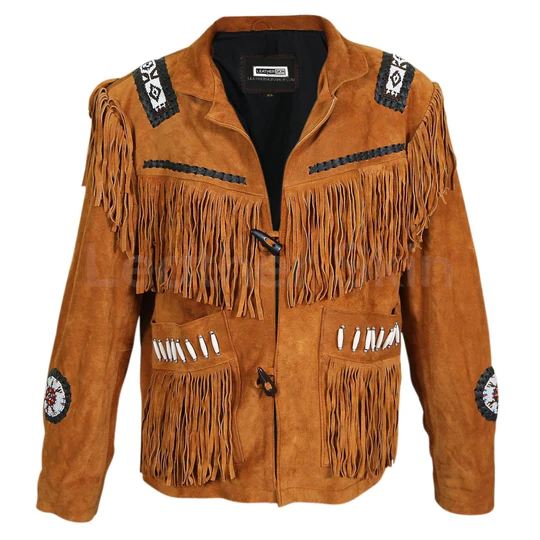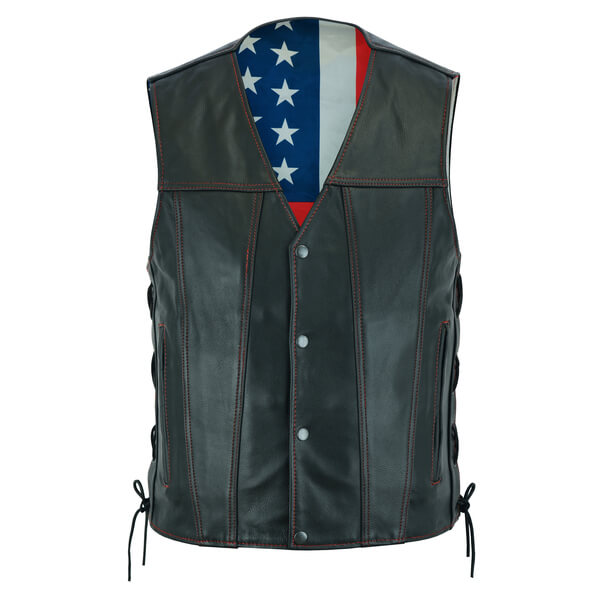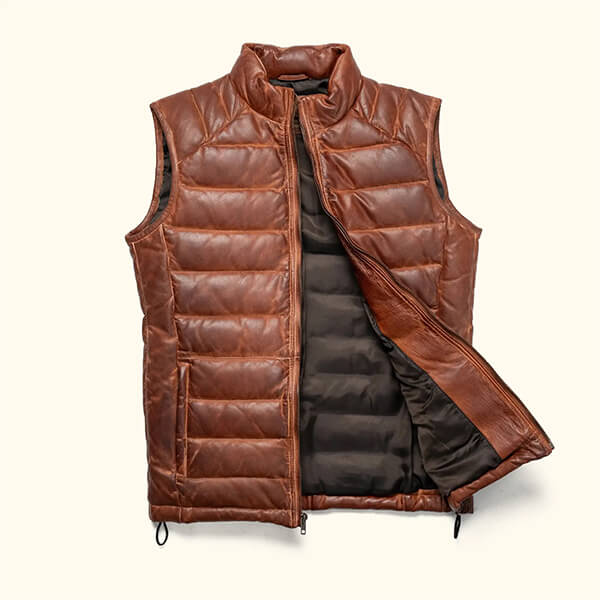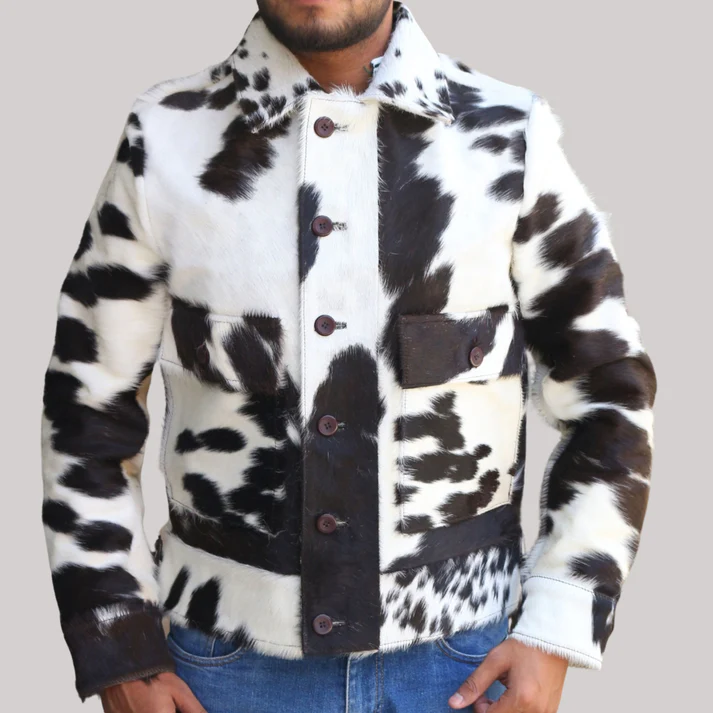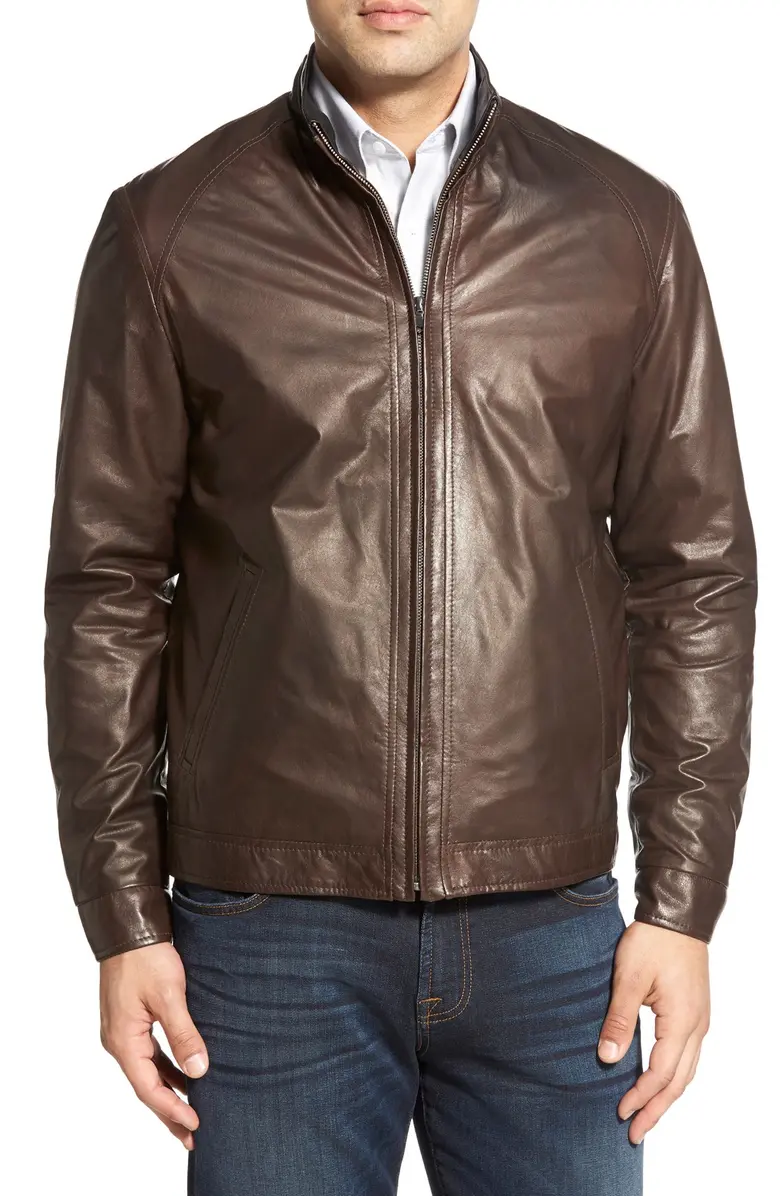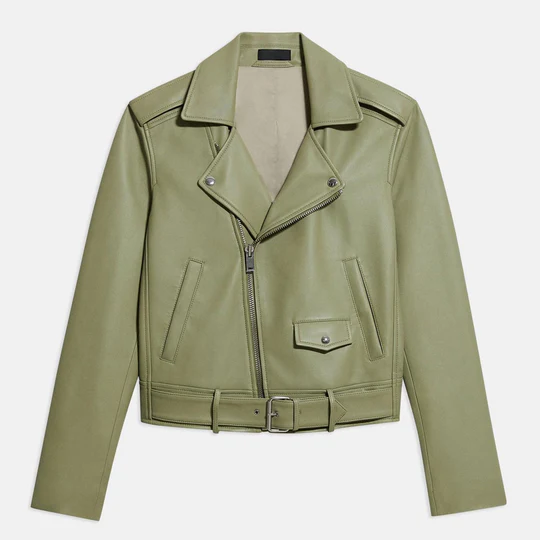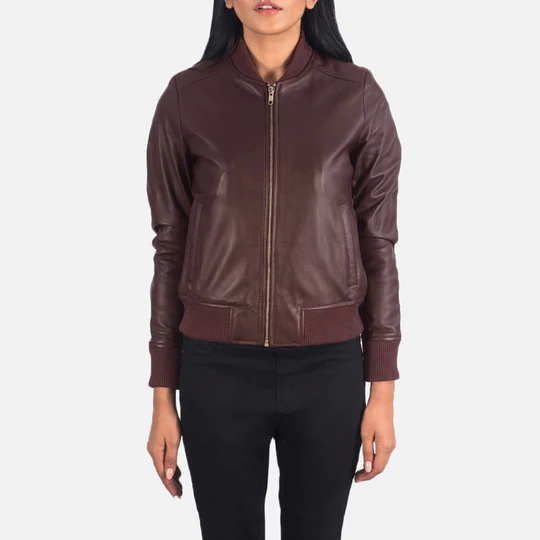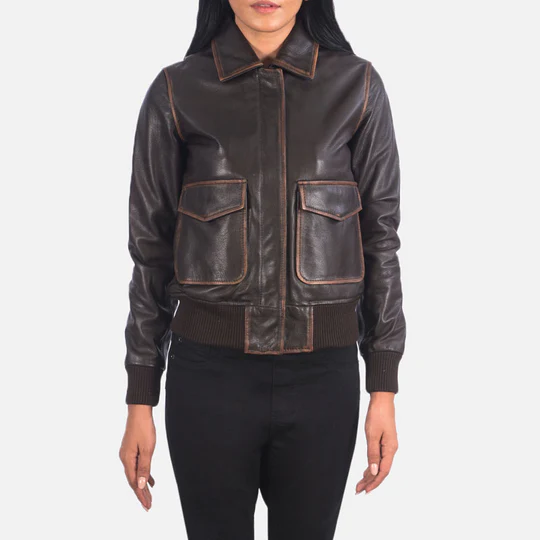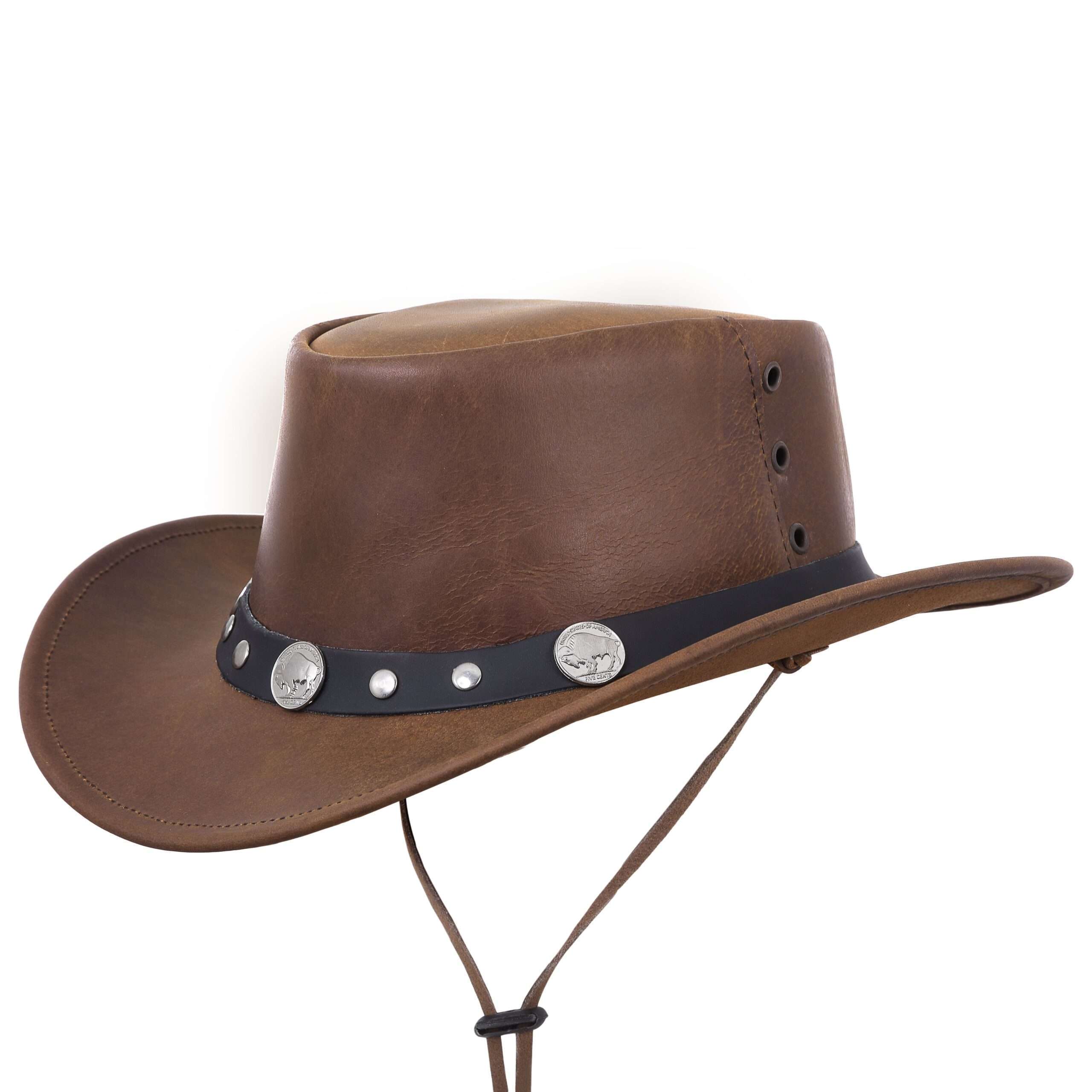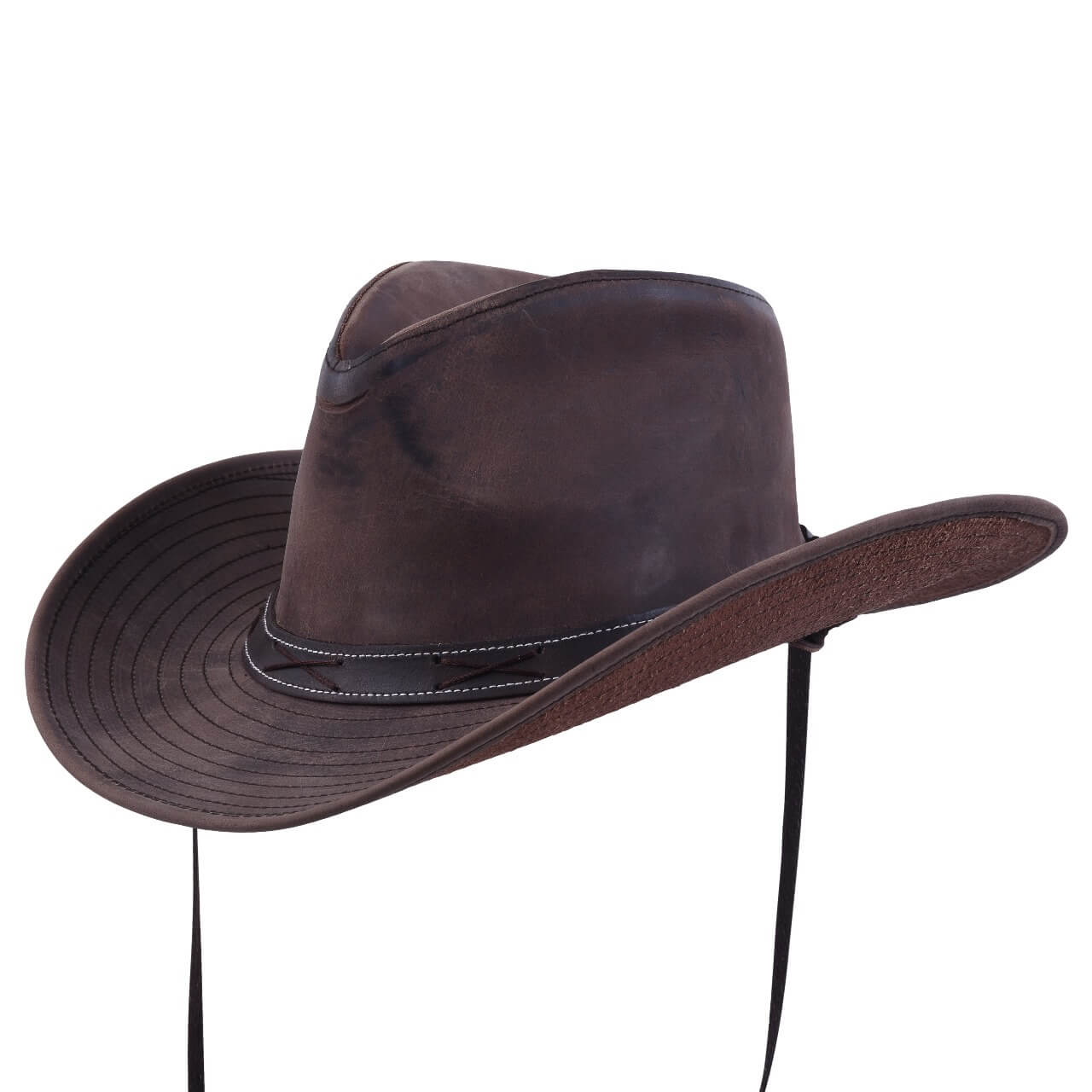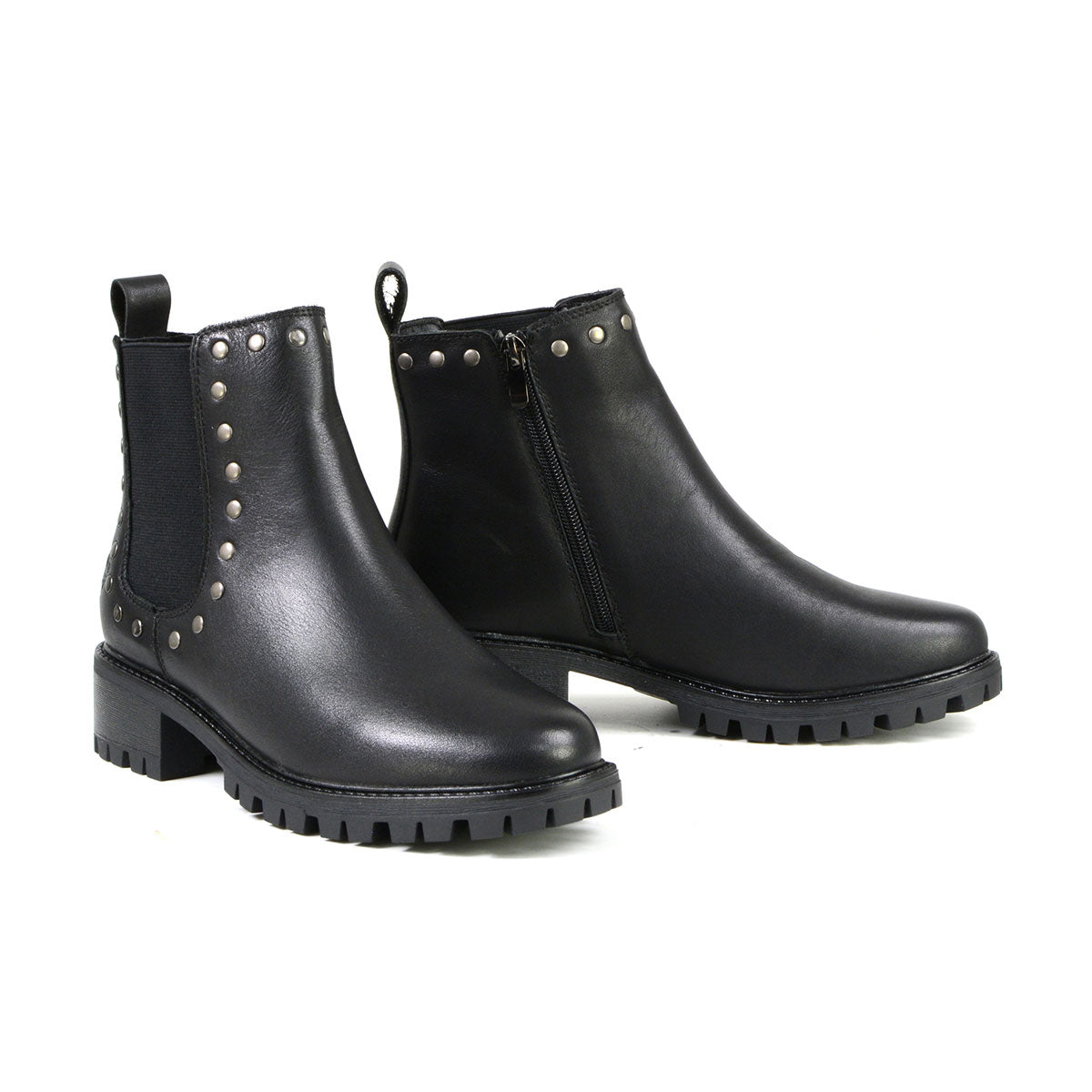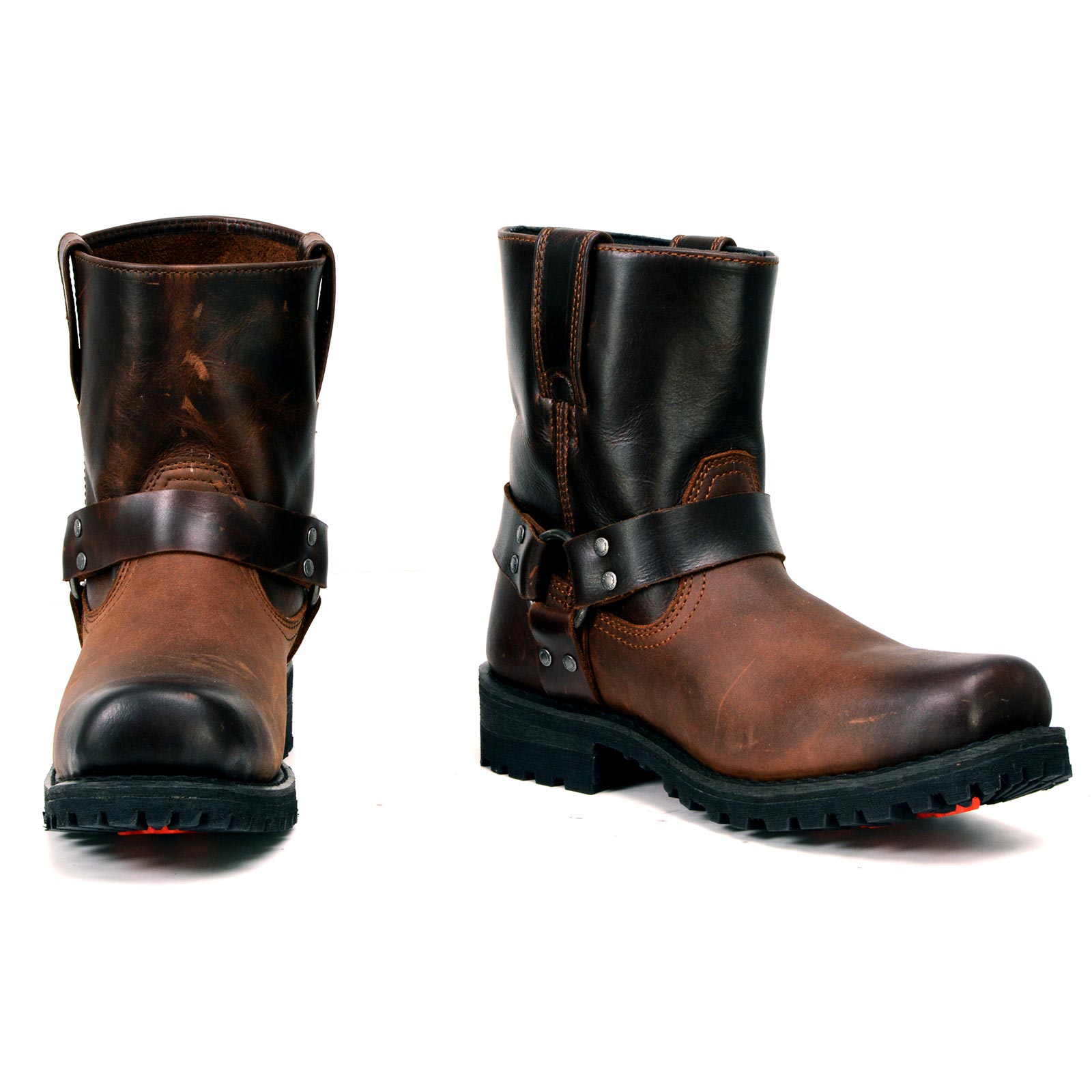Leather letterman jackets exude timeless style and hold a special place in fashion history. These iconic garments have transcended generations, symbolizing school spirit, camaraderie, and a classic American aesthetic. However, owning a leather letterman jacket comes with the responsibility of proper maintenance to ensure its longevity and continued appeal. In this comprehensive guide, we’ll delve into the essential steps to clean and preserve your cherished leather letterman jacket, keeping it in pristine condition for years to come.
Leather letterman jackets, often adorned with varsity patches and emblems, hold a unique allure that effortlessly combines sportiness and sophistication. Their classic design evokes a sense of nostalgia while remaining relevant in today’s fashion landscape. Wearing a leather letterman jacket is a statement of pride, loyalty, and personal style. As such, it’s crucial to maintain its appearance, allowing it to reflect your individuality and connection to tradition.
Men’s Letterman Varsity Bomber Jacket with Striped Rib & Genuine Leather Sleeves – Orange
The Importance of Proper Maintenance
Proper maintenance is the key to preserving your leather letterman jacket’s quality and appearance. Leather is a natural material that requires special care to prevent drying, cracking, and discoloration. Regular cleaning and conditioning not only enhance its visual appeal but also extend its lifespan, ensuring that you can enjoy it for years to come.
Types of Leather Used in Letterman Jackets
Leather quality plays a significant role in the overall appeal and durability of your letterman jacket. Here are some common types of leather you might encounter:
1. Full-Grain Leather
Full-grain leather is the highest quality and most desirable type used in letterman jackets. It’s crafted from the top layer of the hide, retaining the natural grain and imperfections. This results in a durable, luxurious, and uniquely textured leather that ages beautifully over time.
2. Top-Grain Leather
Top-grain leather is also of high quality but has had the top layer sanded down to remove imperfections. While it’s slightly less rugged than full-grain, it remains durable and is often more affordable.
3. Genuine Leather
Genuine leather, while still real leather, is made from the lower layers of the hide. It’s more affordable but lacks the same quality and longevity as full-grain or top-grain leather. Many mass-produced letterman jackets use genuine leather.
4. Suede and Nubuck
Suede and nubuck are types of leather with a soft, velvety texture. They are delicate and require special care. Suede is created from the inner split of the hide, while nubuck is top-grain leather buffed to create a similar texture.
Understanding the type of leather your jacket is made of will help you tailor your care routine accordingly.

Black Wool & White Leather Letterman Jacket
Anatomy of a Leather Letterman Jacket
A leather letterman jacket consists of several key components, each contributing to its distinctive style and functionality:
1. Body
The body of the jacket is typically made from the chosen type of leather. It’s where school emblems, patches, and other decorative elements are often displayed.
2. Cuffs and Collar
The cuffs and collar of a letterman jacket are often made from a different material, such as rib-knit fabric. This contrast adds visual interest and enhances comfort. It’s important to keep these areas clean and free from stains.
3. Sleeves
Sleeves are a prominent feature of letterman jackets. They can be made from the same leather as the body or a contrasting material. Ensure that sleeve stitching is secure to prevent fraying.
4. Lining
The lining of a letterman jacket provides insulation and comfort. It’s often made from materials like satin or polyester. Keep an eye on the lining for any tears or damage.
5. Pockets
Most letterman jackets feature both inner and outer pockets. Regularly check the pockets for loose threads and clean them to prevent the accumulation of debris.
Proper Care and Maintenance
To prolong the life of your leather letterman jacket, consider the following care tips:
- Regular Cleaning: Use a soft, damp cloth to wipe away dust and stains. For full-grain leather, a leather cleaner can be used sparingly.
- Conditioning: Apply a leather conditioner to keep the leather supple and prevent drying or cracking. Avoid over-conditioning, as it can lead to a sticky residue.
- Storage: Hang your jacket on a padded hanger to maintain its shape. Store it in a cool, dry place away from direct sunlight and heat.
- Protection: Consider using a leather protector spray for added water resistance, especially for suede or nubuck sleeves.
Preparing for Cleaning Your Leather Letterman Jacket
Before you embark on the journey of cleaning your cherished leather letterman jacket, it’s crucial to be well-prepared. Proper preparation not only ensures effective cleaning but also safeguards your jacket from any inadvertent damage. Here’s a step-by-step guide on how to get ready for the cleaning process:
Gather the Necessary Supplies
To clean your leather letterman jacket effectively, you’ll need the following supplies:
- Mild Soap: Choose a gentle, pH-balanced soap or leather cleaner. Ensure it doesn’t contain harsh chemicals or abrasives that could harm the leather.
- Distilled Water: Distilled water is free from impurities that might affect the cleaning process. It’s the ideal choice for leather cleaning.
- Soft Cloths: Use lint-free, soft cloths. Avoid rough or abrasive materials that could scratch the leather.
- Leather Conditioner: Invest in a high-quality leather conditioner. The conditioner helps replenish the natural oils in the leather, keeping it supple and preventing it from drying out.
- Bowl: You’ll need a small bowl to mix the soap and water.
- Sponge or Soft Brush: These can be handy for gently agitating the cleaning solution without applying excessive pressure.
- Manufacturer’s Care Instructions: Always keep the care instructions provided by the manufacturer handy. These instructions are tailored to your specific jacket and should guide your cleaning process.
The Importance of Reading Manufacturer’s Care Instructions
Before you proceed with cleaning, it’s imperative to read and understand the manufacturer’s care instructions for your leather letterman jacket. These instructions are tailored to the type of leather used and any specific treatments or finishes applied during production. Here’s why this step is crucial:
1. Preservation of Leather Quality
Manufacturer’s instructions often include valuable information on the type of leather and its specific care needs. By following these guidelines, you’ll preserve the quality and appearance of your jacket.
2. Avoiding Damage
Certain cleaning agents or techniques that work for one type of leather may be detrimental to another. The manufacturer’s instructions will advise you on what to use and what to avoid preventing any accidental damage.
3. Maintaining Warranty
If your leather letterman jacket is still under warranty, deviating from the manufacturer’s care instructions could void the warranty. Adhering to their recommendations ensures you can seek assistance if any issues arise.
4. Optimal Cleaning Process
The care instructions may also provide specific details on how to clean and care for your jacket, including any recommended products or methods. This ensures you’re using the best approach for your particular jacket.
Step-by-Step Cleaning Process for Your Leather Letterman Jacket
Cleaning your leather letterman jacket is a meticulous process that requires care and attention to detail. Here’s a step-by-step guide to help you navigate the cleaning process effectively and ensure your jacket remains in top-notch condition:
1. Dusting and Brushing Off
- Use a Soft-Bristle Brush: Begin by selecting a soft-bristle brush. This will help remove loose dirt and debris from the surface of your leather jacket without scratching it.
- Gentle Brushing: With a gentle hand, brush the entire jacket. Pay special attention to seams and creases where dirt tends to accumulate.
2. Spot Cleaning
- Mild Soap Solution: Prepare a mild soap solution by mixing a small amount of mild soap with distilled water. Ensure the soap is gentle and free from harsh chemicals.
- Damp Cloth: Dip a soft, clean cloth into the soap solution, wringing it out so it’s damp but not soaking wet.
- Addressing Stains: For specific stains like ink, oil, or food, gently blot the affected area with the damp cloth. Avoid rubbing, as this can spread the stain. Instead, blot from the outside toward the center to prevent it from spreading.
- Different Types of Stains: For different types of stains:
- Ink Stains: Use rubbing alcohol on a cotton ball to gently dab the stain.
- Oil Stains: Apply cornstarch or talcum powder to absorb the oil, then brush it off before proceeding with the soap solution.
- Food Stains: Gently scrape off any solid residue, then proceed with the soap solution.
3. Full Cleaning
- Gentle Cleaning Solution: Create a gentle cleaning solution by mixing mild soap with distilled water. Use a ratio of about 1 tablespoon of soap to 1 quart of water.
- Clean, Damp Cloth: Dampen a clean cloth with the cleaning solution. It should be damp but not dripping.
- Wipe Down the Jacket: Begin cleaning the jacket by wiping it down, focusing on one section at a time. Ensure even coverage but avoid oversaturation.
- Rinse Frequently: As you clean, rinse the cloth frequently in clean water to remove dirt and soap residue.
4. Drying Properly
- Pat Dry: After cleaning, pat the jacket gently with a dry, clean cloth to remove excess moisture. Avoid rubbing, as this can damage the leather.
- Air Dry: Allow your leather letterman jacket to air dry naturally at room temperature. Avoid direct sunlight or heat sources, which can cause the leather to crack or fade.
- Never Use Heat: Never use a hairdryer, heater, or any form of artificial heat to speed up drying, as it can damage the leather.
5. Conditioning and Nourishing
- Importance of Conditioning: Leather conditioning is essential to maintain suppleness and prevent cracking. It replenishes the natural oils in the leather.
- Recommended Leather Conditioner: Choose a high-quality leather conditioner recommended for your specific type of leather. Consult the manufacturer’s care instructions if in doubt.
- Application: Apply the leather conditioner evenly using a soft cloth. Follow the product’s instructions regarding the amount and application method.
6. Buffing and Polishing
- Buff for Luster: After conditioning, buff the leather using a clean, dry cloth. This will help restore its natural luster and shine.
- Optional Leather Polish: For added shine and protection, you can use a leather-specific polish. Follow the product’s instructions carefully.
Handling Specific Concerns for Your Leather Letterman Jacket
While caring for your leather letterman jacket, you may encounter specific concerns like mold and mildew or stubborn ink stains. Here’s how to address these issues safely and effectively:
Mold and Mildew Removal
Note: Mold and mildew can seriously damage leather if not treated promptly and correctly. If your jacket is heavily infested or valuable, it’s advisable to consult a professional leather cleaner.
Materials You’ll Need:
- Distilled water
- White vinegar
- Clean, soft cloths
- Baking soda (optional)
- Leather conditioner
Step-by-Step Guidance:
- Safety First: Work in a well-ventilated area to avoid inhaling mold spores. Wear gloves to protect your hands.
- Isolate the Jacket: Keep the moldy jacket away from other items to prevent the spread of spores.
- Brush Off Excess Mold: Use a soft-bristle brush to gently remove any loose mold from the surface. Dispose of the brush afterward.
- Prepare a Cleaning Solution: Mix equal parts of distilled water and white vinegar in a bowl. Optionally, you can add a small amount of baking soda for extra cleaning power.
- Dampen a Cloth: Dampen a clean, soft cloth in the vinegar solution. Wring it out so it’s damp but not dripping.
- Test in a Hidden Area: Before applying the solution to the mold-infested area, test it on a hidden or inconspicuous spot to ensure it doesn’t harm the leather’s color or finish.
- Gently Clean the Mold: Carefully dab the moldy area with the damp cloth, applying gentle pressure. Do not rub, as this can damage the leather.
- Rinse and Pat Dry: After cleaning, use another clean, damp cloth to wipe away any vinegar residue. Pat the area dry with a dry cloth.
- Condition the Leather: Once the jacket is completely dry, apply a leather conditioner to restore moisture and prevent any drying or cracking caused by the cleaning process.
- Inspect and Repeat if Necessary: Inspect the cleaned area. If mold remains, repeat the cleaning process. It may take multiple attempts to fully remove mold.
- Prevent Future Growth: Store your leather jacket in a dry, well-ventilated area to prevent future mold and mildew growth. Consider using a dehumidifier if necessary.
Ink and Stain Removal
Note: Address ink stains promptly to increase the chances of successful removal.
Materials You’ll Need:
- Rubbing alcohol
- Clean, soft cloths
- Leather-safe stain remover (optional)
- Leather conditioner
Step-by-Step Guidance:
- Blot the Stain: If the ink stain is fresh, gently blot it with a clean, dry cloth to absorb as much ink as possible. Do not rub, as it can spread the stain.
- Test the Ink Removal Agent: If you’re using rubbing alcohol or a leather-safe stain remover, test it on a hidden area of the jacket first to ensure it doesn’t damage the leather’s finish.
- Apply Rubbing Alcohol: Moisten a clean cloth with rubbing alcohol and gently dab the ink stain. Blot, don’t rub. The alcohol should start to dissolve the ink.
- Alternate Blotting: As the ink transfers onto the cloth, use a clean part of the cloth to continue blotting. Replace the cloth if it becomes saturated.
- Repeat if Necessary: Depending on the ink’s severity, you may need to repeat the process several times.
- Condition the Leather: After successfully removing the ink stain, apply a leather conditioner to the treated area. This will help maintain the leather’s suppleness.
- Consider Professional Help: If the ink stain is stubborn or extensive, it’s advisable to seek professional assistance from a leather cleaner.
Preventative Care for Your Leather Letterman Jacket
To ensure the long-term beauty and durability of your leather letterman jacket, it’s essential to take preventive measures. Here are tips for both storage and regular maintenance to keep your jacket in top-notch condition:
Storage Tips
Proper Storage Conditions:
- Cool and Dry Location: Store your jacket in a cool, dry place away from direct sunlight and heat sources. Exposure to extreme temperatures or high humidity can damage the leather.
- Adequate Ventilation: Ensure proper ventilation in your storage area. Avoid storing the jacket in a cramped, airtight space, as this can lead to mold and mildew growth.
Use Breathable Garment Bags:
- Breathable Fabric Bags: Invest in breathable garment bags made of natural fabrics like cotton or canvas. These bags allow air circulation, preventing the jacket from becoming musty.
- Avoid Plastic Covers: Avoid using plastic covers for long-term storage, as they can trap moisture and lead to mold or mildew growth. Plastic can also cause the leather to become dry and cracked.
Regular Maintenance Routine
Light Dusting:
- Frequency: Dust your leather jacket regularly, especially before storing it for an extended period. Dust can accumulate and lead to stains if left unchecked.
- Soft Brush: Use a soft-bristle brush or a clean, dry cloth to gently remove dust and debris from the surface. Pay attention to seams and creases.
Occasional Spot Cleaning:
- Immediate Attention: Address stains and spills as soon as possible to prevent them from setting. Use a damp cloth and mild soap solution for gentle spot cleaning.
- Blot, Don’t Rub: When spot cleaning, always blot the stain instead of rubbing, which can spread the stain.
Conditioning:
- Regular Application: Apply a leather conditioner to your jacket periodically. The frequency depends on how often you wear the jacket and the climate in your area. As a general rule, conditioning every six months is a good starting point.
- Follow Product Instructions: Follow the instructions on the leather conditioner’s label for the best results. Applying conditioner keeps the leather supple and prevents it from drying out or cracking.
Benefits of Consistent Care:
- Extended Lifespan: Emphasize to yourself the importance of consistent care. Regular maintenance routines, including dusting, spot cleaning, and conditioning, can significantly extend your jacket’s lifespan.
- Preservation of Quality: Consistent care not only maintains the jacket’s appearance but also preserves its quality, ensuring that it remains a cherished piece for years to come.
Conclusion
In conclusion, caring for your leather letterman jacket is not just about maintenance; it’s a commitment to preserving a piece of history and personal style. By understanding your jacket, preparing for cleaning, following a step-by-step cleaning process, handling specific concerns, and implementing preventive care measures, you can ensure that your jacket remains a symbol of tradition, achievement, and timeless fashion.
FAQ’s
- Can I machine wash my leather letterman jacket?
- No, machine washing is not recommended for leather jackets. It can damage the leather and alter its shape. Stick to gentle hand cleaning methods for leather.
- What’s the best way to remove oil stains from leather?
- To remove oil stains, gently blot the stain with a clean cloth to absorb excess oil. Then, apply a small amount of cornstarch or talcum powder to absorb the remaining oil. Let it sit for a few hours or overnight, then brush off the powder.
- Is it safe to use a hairdryer or heater to speed up drying?
- No, it’s not safe to use direct heat sources like a hairdryer or heater to dry leather. High heat can cause the leather to crack or warp. Air drying at room temperature is the safest method.
- How often should I condition my leather jacket?
- The frequency of conditioning depends on factors like climate and how often you wear the jacket. As a general rule, condition it every six months, but monitor the leather’s suppleness. If it feels dry, condition it sooner.
- Can I use regular leather polish on my letterman jacket?
- Yes, you can use regular leather polish on your letterman jacket, but ensure it’s a clear, neutral polish. Colored polishes might alter the jacket’s hue. Always test in a hidden area first.
- What’s the difference between genuine leather and top-grain leather?
- Genuine leather is made from the lower layers of the hide and is less durable and of lower quality compared to top-grain leather, which comes from the top layer and is more durable and higher quality.
- How do I store my jacket during the summer?
- Store your jacket in a cool, dry place away from direct sunlight. Ensure it’s well-ventilated. Consider using a breathable garment bag to protect it from dust and moisture.
- Can I wear my leather letterman jacket in the rain?
- While leather can withstand light rain, it’s best to avoid prolonged exposure to water. If it gets wet, allow it to air dry naturally at room temperature.
- How do I prevent color fading on my jacket?
- To prevent color fading, store your jacket away from direct sunlight. Additionally, applying a leather protector spray can provide some UV protection.
- My jacket has developed a musty smell. How do I get rid of it?
- To remove musty odors, hang the jacket in a well-ventilated area. You can also place it near an open window to air it out. Using a fabric freshener spray or placing a box of baking soda inside the garment bag can help absorb odors.
